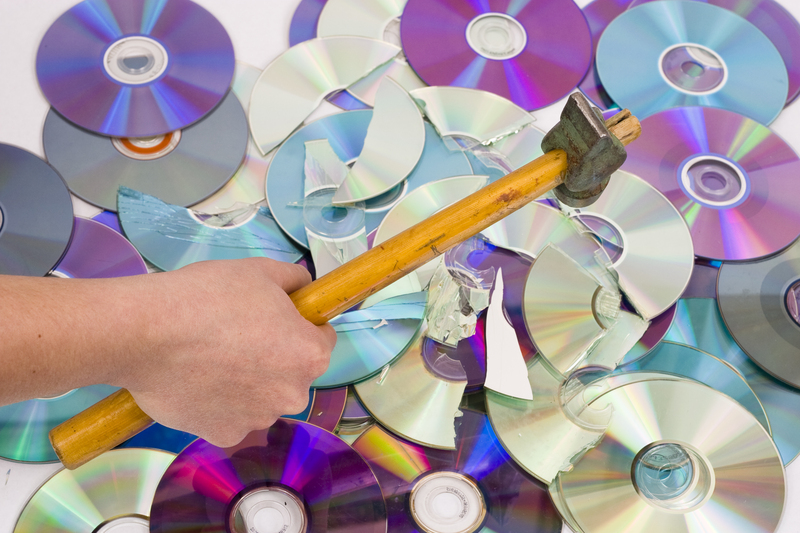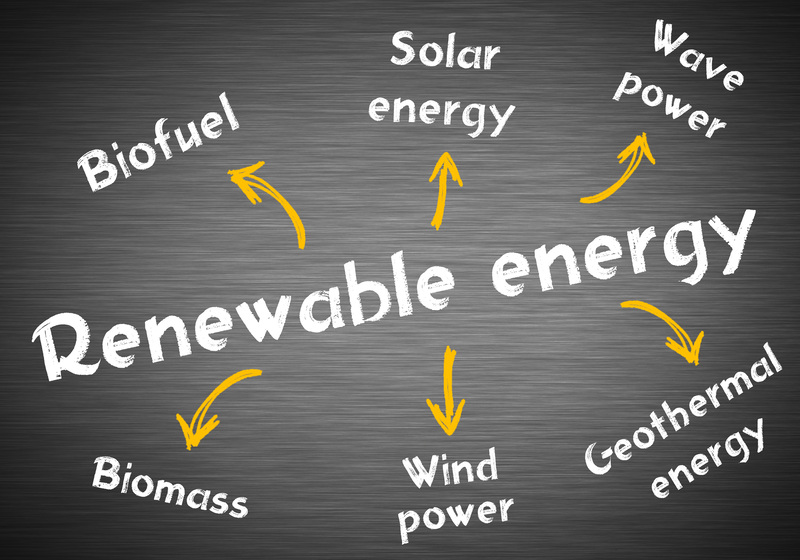A Complete Guide to Proper PPE Waste Disposal
In an increasingly safety-conscious world, the proper disposal of personal protective equipment (PPE) waste has become a crucial topic. Since the emergence of the COVID-19 pandemic, PPE such as face masks, gloves, gowns, and face shields became everyday essentials--not only in healthcare but also in offices, retail, schools, and public transport. This has led to a significant rise in PPE waste worldwide and, consequently, a growing need to manage it responsibly. If you want to ensure environmental safety, comply with regulations, and support public health, understanding PPE waste disposal methods is indispensable. This comprehensive guide covers everything you need to know about proper PPE disposal, best practices, and its environmental impact.
Table of Contents
- Types of PPE and Their Waste Classification
- Why Proper PPE Waste Disposal Is Important
- Methods of PPE Waste Disposal
- Step-By-Step PPE Waste Disposal Process
- PPE Waste Disposal at Home, Workplaces, and Healthcare Facilities
- Common Mistakes in PPE Waste Disposal
- Eco-Friendly PPE and Waste Reduction Tips
- Regulations and Guidelines for PPE Waste Disposal
- Conclusion
Types of PPE and Their Waste Classification
PPE includes various items designed to protect individuals from health and safety hazards. However, once used, these items become potential carriers of contaminants. Identifying the different types of PPE and understanding how their disposal should be managed is the first step to safe and responsible PPE waste management.
Common Types of PPE
- Disposable Masks (Surgical, N95, etc.)
- Gloves (Latex, Vinyl, Nitrile)
- Gowns and Coveralls
- Face Shields and Goggles
- Shoe Covers
Waste Classification: Hazardous vs. Non-Hazardous
- Hazardous PPE Waste - Items used in medical or laboratory settings, or visibly soiled/contaminated with bodily fluids, chemicals, or infectious agents.
- Non-Hazardous PPE Waste - PPE used in non-medical environments or not obviously contaminated, such as masks used in public spaces, office settings, or by the general public.
Distinguishing whether PPE is hazardous or non-hazardous determines the appropriate PPE disposal method.
Why Proper PPE Waste Disposal Is Important
The surge in PPE usage has also escalated the risks associated with improper disposal. Improper PPE waste disposal can adversely impact:
- Public Health: Discarded masks and gloves can harbor infectious agents, spreading diseases in communities.
- The Environment: PPE made of plastic polymers contributes to non-biodegradable waste, clogging waterways and harming wildlife when not properly disposed of.
- Waste Management Systems: Increased non-segregated waste makes it harder to recycle and treat garbage safely.
- Regulation Compliance: Organizations that fail to dispose of PPE properly may face hefty fines and reputational damages.
Proper PPE disposal lowers environmental impact, protects sanitation workers, and ensures compliance with local and international waste management laws.
Methods of PPE Waste Disposal
There are several techniques for safe and effective PPE waste disposal depending on the type and amount of waste:
1. Incineration
- Purpose: High-temperature incineration destroys pathogens and reduces waste volume.
- Application: Suitable for hospitals, clinical facilities, and hazardous medical waste.
- Pros: Effective sterilization and volume reduction.
- Cons: Releases pollutants if not properly managed.
2. Landfilling
- Purpose: Isolated containment of PPE waste.
- Application: Non-hazardous general PPE waste.
- Pros: Affordable and commonly available.
- Cons: Potential risk of environmental contamination if not handled in lined sanitary landfills.
3. Autoclaving (Steam Sterilization)
- Purpose: Uses high-pressure steam to disinfect PPE before disposal as general waste.
- Application: Ideal for medical facilities and labs.
- Pros: Environmentally friendly and effective pathogen elimination.
4. Chemical Disinfection
- Purpose: PPE is soaked in disinfectant, killed of pathogens, and then discarded.
- Application: Laboratories and certain healthcare settings.
- Cons: May generate toxic residues that require further treatment.
5. Recycling (Where Applicable)
- Purpose: Some PPE, like certain types of face shields, can be recycled after proper decontamination.
- Note: Most single-use gloves and masks are NOT recyclable in household bins due to contamination risk.
Step-By-Step PPE Waste Disposal Process
Whether at home or in a workplace, following these essential steps ensures proper PPE waste handling and disposal:
Step 1: Remove PPE Correctly
Always remove PPE by handling straps or edges and avoid touching the contaminated surfaces. This reduces the risk of cross-contamination.
Step 2: Segregate Waste
Use specifically labeled bins for PPE waste. In healthcare settings, biohazard containers (red or yellow bags) should be used for contaminated items. At home or in offices, a dedicated bin marked "PPE Waste Only" is ideal.
Step 3: Secure and Bag the Waste
- Seal PPE waste in leak-proof bags to prevent leakage and direct contact.
- Double-bagging is recommended, especially for visibly soiled or hazardous waste.
- Do not compress bags to avoid bursting or aerosolization of pathogens.
Step 4: Store Waste Safely
- Keep collected PPE waste in a designated, well-ventilated area away from the public or children until disposal.
Step 5: Arrange for Collection
- For households, dispose of the sealed PPE waste as per your local municipal guidelines.
- Businesses and healthcare facilities should coordinate with certified waste management services for collection and treatment.
Step 6: Wash Hands Immediately
- After disposing of PPE, wash your hands for at least 20 seconds with soap and water, or use an alcohol-based sanitizer.
Proper PPE waste disposal steps not only ensure safety but also compliance with public health standards.
PPE Waste Disposal at Home, Workplaces, and Healthcare Facilities
The context in which PPE is used and discarded affects the best disposal practices. Here's what you need to know:
At Home
- Designate a bin with a lid or marked as "PPE Waste" for used masks and gloves.
- Line the bin with a sturdy bag and tie it securely before placing in general trash, unless local law requires separation.
- Never recycle used PPE via curbside recycling--they are treated as contaminated waste.
At Workplaces
- Install PPE waste stations throughout the facility--reception areas, break rooms, entrances, and exits.
- Train employees on correct doffing (removal) and disposal of their PPE.
- Ensure daily collection and proper handling according to the volume and risk level of PPE generated.
In Healthcare Facilities
- PPE waste must be disposed of in biohazard bags and managed as regulated medical waste.
- Use color-coded systems (usually red or yellow) and comply with Occupational Safety and Health Administration (OSHA) and local health department standards.
- Enlist authorized biomedical waste handlers for routine collection and treatment via incineration or autoclaving.
Common Mistakes in PPE Waste Disposal
Even well-intentioned individuals or organizations can inadvertently cause harm by making the following PPE waste disposal errors:
- Mixing PPE waste with regular recycling: Most PPE cannot be recycled due to contamination and material type.
- Flushing PPE down the toilet: This blocks pipes and pollutes water systems.
- Littering PPE in public spaces: Not only does this endanger wildlife, but it also increases public health risks.
- Reusing single-use PPE: Compromises its protective properties and increases contamination risk.
- Failing to train staff on PPE waste policies: Leads to inconsistent disposal habits across teams.
Avoid these common pitfalls to ensure safe PPE waste removal across every setting.
Eco-Friendly PPE and Waste Reduction Tips
With rising environmental concerns, eco-friendly PPE solutions and mindful habits assist in minimizing waste. Here are proactive tips for those seeking a greener approach to PPE usage and disposal:
- Choose Reusable PPE Where Appropriate: Opt for washable cloth masks and gowns if not exposed to high-risk contaminants.
- Source Biodegradable PPE: Some companies offer compostable masks and gloves made from plant-based materials.
- Participate in Take-Back or Recycling Programs: Specialized companies are starting to recycle masks and other PPE in bulk.
- Educate and Advocate: Raise awareness on the proper disposal of PPE within your community or workplace.
- Avoid Excess Use: Only use PPE as necessary and appropriate for the setting.
Eco-conscious PPE solutions will play a significant role in reducing future environmental burdens.
Regulations and Guidelines for PPE Waste Disposal
Complying with national and local regulations ensures both safety and legal security. Some vital sources include:
- World Health Organization (WHO): Offers extensive guidelines for managing infectious waste during health crises.
- U.S. Occupational Safety and Health Administration (OSHA): Mandates safe handling of workplace PPE and hazardous waste.
- Centers for Disease Control and Prevention (CDC): Provides recommendations for PPE waste in community and healthcare settings.
- Local Waste Management Authorities: Outline residential and commercial PPE disposal rules.
It's essential to regularly review updates as regulations may change according to new scientific findings or health emergencies.
Conclusion
Proper PPE waste disposal is a collective responsibility that protects people, wildlife, and the planet. By following segregation protocols, using suitable disposal methods, and fostering eco-friendly habits, we can reduce risk and environmental impact. Whether you are at home, managing a business, or working in healthcare, every effort made towards safe PPE waste management counts towards a healthier, more sustainable future.
Remember: Always stay informed about local guidelines and invest in staff or personal education for the best results. Adopt these recommended practices to ensure thorough, compliant, and environmentally sound PPE waste disposal in your daily life.

